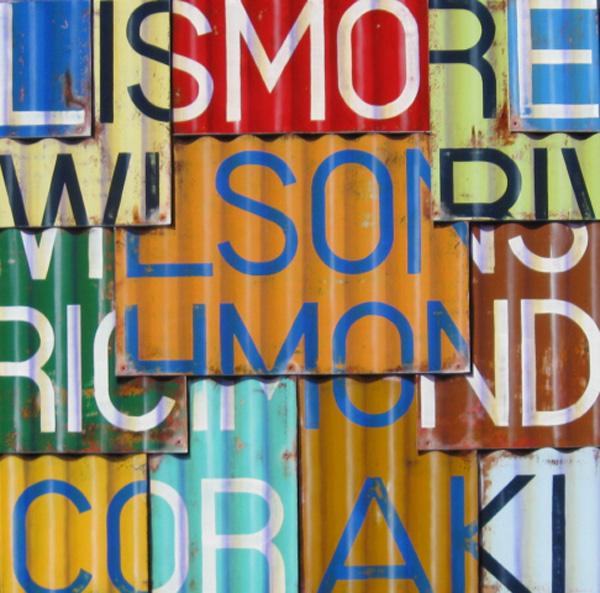The Northern Rivers region, extending 300km south from the Queensland border, is renowned for its beautiful beaches, rainforests and warm sub tropical climate.
But it should be equally famous for its creative communities. Northern Rivers has a huge population of creative workers including the highest concentration of visual artists outside Australian capital cities and the largest cluster of screen industry workers outside Sydney and Melbourne.
Arts Northern Rivers is the peak body for the arts and cultural sector in culturally booming places such as Byron Bay, Lismore, Murwillumbah, Grafton and Yamba. The region also has a rich Indigenous cultural history, reflecting the traditions of the people of the Bundjalung and Gumbaynggirr nations.
This concentration of artists and creative practitioners makes the Northern Rivers of New South Wales an arts and creative industry hotspot which presents both opportunity and disadvantage – a tension that is observable through both the ill-equipped funding models we must access for arts and creative industries projects and our regional status.
Arts Northern Rivers has piloted strong models for regional arts. We drove the establishment of a Creative Industries Consortium made up of arts, industry, regional development, tourism and education agencies, which developed Australia’s first regional arts and cultural industries strategy.
In 2010 we became the first region in NSW to receive state funding for the implementation of a creative industries development project – a nine-month pilot initiative that targeted the fashion, music and screen/digital sectors of the region.
Our regional status still creates significant disadvantages: lack of corporations with whom to develop sponsorship relations, lack of opportunity to nurture relations with city-based philanthropic organisations, lack of broadband access in many parts of the region, black holes with no mobile access and minimal public transport services are just a few of the key challenges we face.
But a bigger hurdle is the regional funding models, which are inefficient, short-term-project focused and ill evaluated. Current models stymie long-term growth and development of arts and creative industry projects.
The Northern Rivers is ideally positioned to play a lead role in a national program to support creative industries development. We could help local artists reach their potential through industry growth models established as part of our pilot projects, including – mentoring programs, professional and skills development opportunities, marketing strategy development and visiting expert clinics.
But having delivered successful pilot projects we find ourselves unable to access subsequent funding streams that would allow us to develop these projects further, aimed at creating self-sustainable models to support creative industry growth in our region. Instead we find, in the absence of any alternative, we compete with one another for limited state government funding and continue to take a piecemeal approach to what in essence could be a major intervention.
We find similar problems with smaller funding programs such as the Country Arts Support Program (devolved funding through Arts NSW) – where allocated funds are divided evenly across 14 Regional Arts Boards. This means a region, such as ours, with a population of over 280,000 and the highest concentration of artists in regional Australia has the same amount of funding to distribute as regions with just 30,000 residents and which often struggle to identify enough projects to fund. We don’t begrudge our colleagues their slice of the pie but if we are going to examine funding models clearly there’s room for a discussion here.
On top of funding models in need of review and geographic challenges the recently announced 800 TAFE job losses together with a $3 million cut to TAFE North Coast fine arts courses represents a dangerous combination that threatens the development of regional arts and creative industries across the state.
Similarly the reduction of activity in the region by NSW Trade and Investment in the Northern Rivers is alarming. It will have a significant impact on the numerous creative industries projects relying on the support and partnership approach developed with this department.
The proposed shift in focus to provide business support through predominately online channels means a large number of emerging and established creative industries will be disadvantaged – operating in a region with very poor telecommunication facilities. The recently updated rollout of the NBN indicated the Northern Rivers region would see no activity in this area for at least three years.
While many of our concerns are not new and are shared by most regional arts organisations there is a genuine fear in our region that we are beginning to witness the unwinding of some significant achievements. The combination of funding models in need of change, regional isolation, reduction of affordable education pathways for the creative arts and a shift in business development support to online platforms creates a perfect storm that could see the Northern Rivers’ unique position as a regional creative hotspot irreparably damaged.





